
HABITATS
Man has lived in a more or less artificial environment for thousands of years. The more artificial the environment is, in which we spend our everyday lives, the more we long to see and feel “nature” in our immediate living space, in the courtyard of our house, in the parks of our cities and in our further environment.
We will be successful in landscaping only If the we consider the ecological needs of the plants we want to use at the very first place. That means, “we choose the right plant in the right place”. This is a kind of break with the previous practice where flowering time, flower color and height were the main considerations in the design. We have a truly “performing” perennial only then when the characteristics listed above are taken into consideration stricktly within the group of plants that meet the ecological needs of the aimed area.
Perennial ornamental plants based on their ecological needs (natural habitat; drought tolerance; shade and light) were grouped by German experts.
On our website we list the groups formed by Prof. Dr. Josef Sieber, recommended by the International Perennial Association (ISU).
This grouping can be found in the catalogs and website of most perennial growers in Germany. As there is not much literature on this topic in Hungarian (except: István Patkós - Eszter Kovács: Use of Perennial Ornamental Plants, 2018. Types of Natural Habitats for Perennials - Hansen's Habitat Classification_17. side) we adapted the German terminology because we find this to be the most practical. It will be easy, even for our customers who don’t speak German, to get used to this terminology and to get a good grasp of these important categories.
Moreover, this German grouping is more inevitable for us to be followed because our climatic and ecological conditions are much more similar to their climate, in contrast to the English, Dutch and Belgian conditions.
Habitat grouping:
WOODLAND ( G )

WOODLAND BORDER ( GR )
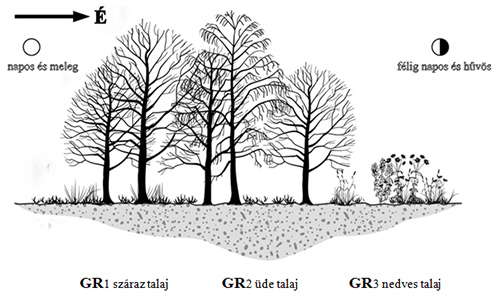
OPEN GROUND PLANTS ( Fr )
Open ground plants with wild perennial and border characteristic.
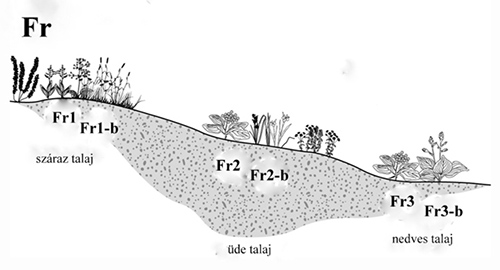
CHALKLAND ( SH )
Open ground plants with chalkland characteristic (soils mainly contining nutrients and calcium).

HEATHLAND ( H )
Openground plants with heathland characteristics (soil mainly sandy, pour in nutrient and calcium).

ROCK GARDENS ( St ),
ROCK GARDENS ( FS )

ALPINE MEADOWS ( M )
(Terraced meadows, level ground, over rock/stones).

WALL CRESTS, ROCK CREVICES ( SF ), ( MK )
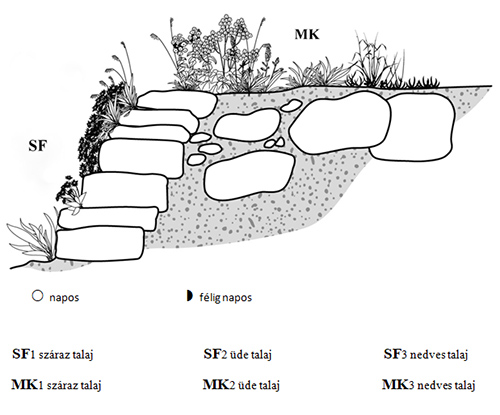
ALPINUM ( A )
(Special rock gardens).
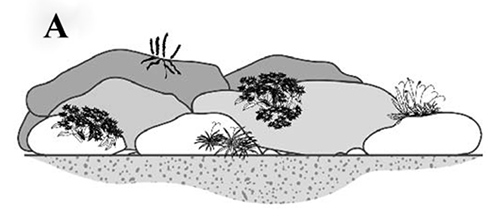
BORDER ( B )
(Good garden soil).
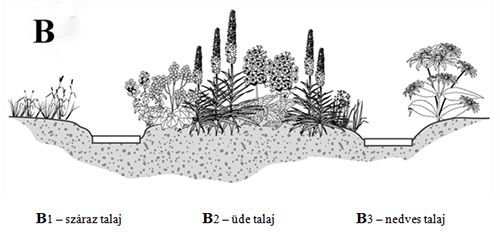
WATER MARGIN ( WR )
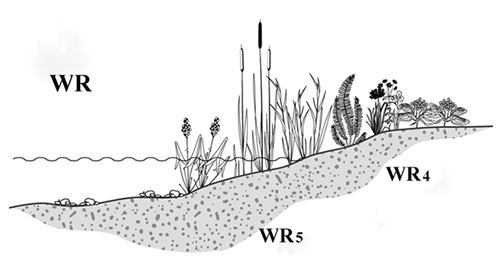
WATER AQUATIC PLANTS ( W )
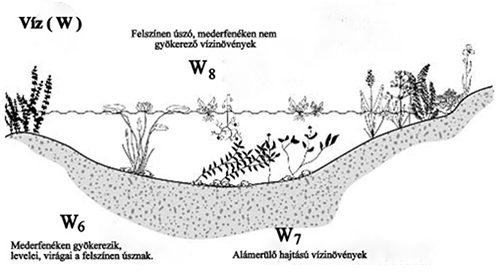
A lehetséges élőhely típusok táblázatosan is összefoglalhatóak, ahol jól látható, hogy az egyes élőhelyekhez milyen nedvesség- és fényviszonyok tartozhatnak.
Nedvességviszonyok német nyelvű megfelelői: 1 - trockener Boden (száraz talaj);
2 - frischer Boden (üde talaj);
3 - feuchter boden (nedves talaj);
(4 - 5 - 6 - 7 - 8 jelölések csak a vizes élőhelyekre érvényesek)
Fényviszonyok német nyelvű megfelelői: sch - Schatten (árnyékos); hs - Halbschatten (félárnyékos); so - sonnig (napos); abs - absonnig (félig napos);





